At the heart of Socratic Seminars is a simple yet powerful idea: students learn best when they’re actively engaged in dialogue. In this method, the teacher steps back, and students take charge—asking open-ended questions, and digging into big ideas. Named after the Greek philosopher Socrates, who believed that questioning leads to true understanding, the idea of Socratic Seminars is all about empowering students to think deeply and talk openly.
Socratic Seminars create a safe space for students to explore difficult topics. When students engage in active dialogue:
- They become active learners. By taking charge of the conversation, students learn to analyze, question, and synthesize ideas, which deepens their understanding.
- They build critical thinking skills. Engaging with complex questions forces students to consider multiple perspectives and think more deeply about the issues at hand.
- They develop empathy and open-mindedness. Hearing their peers’ viewpoints helps students appreciate different perspectives and become more aware of their own biases.
Table of Contents
How to Implement Socratic Seminars Smoothly From Planning to Post-Session Review
1. Planning Socratic Seminars
‣ Selecting a Text or Topic
Choose a text or topic that is rich in ideas, complex themes, or moral dilemmas, and capable of sparking in-depth discussion. Great choices include:
- classic literature,
- historical documents, or
- current events that encourage students to analyze and interpret.
The text you select should explore complex themes with ideas your students may not have considered before. While the seminar environment should remain respectful, it is crucial that the discussion pushes students out of their comfort zones.
However, stepping outside of their comfort zone shouldn’t mean going beyond their comprehension level. To help tailor any text to a specific grade level, consider using Edcafe AI, a comprehensive, educator-focused generative AI.
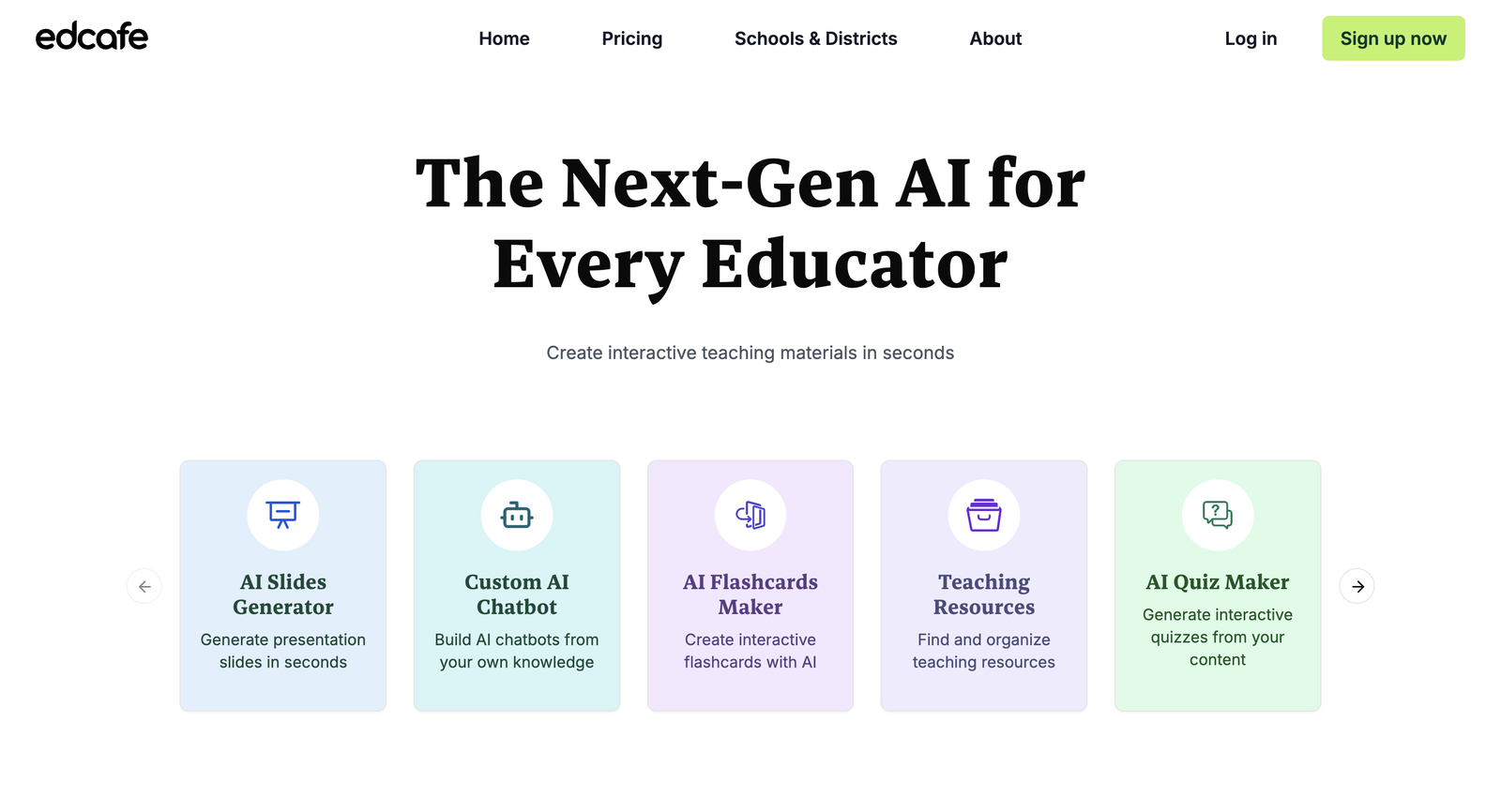
Edcafe AI offers tools that assist with instructional planning, material generation, interactive assessments, and even classroom chatbots—making it an invaluable resource for modern educators. Among these features is a text leveler designed to support diverse reading and ELL needs.
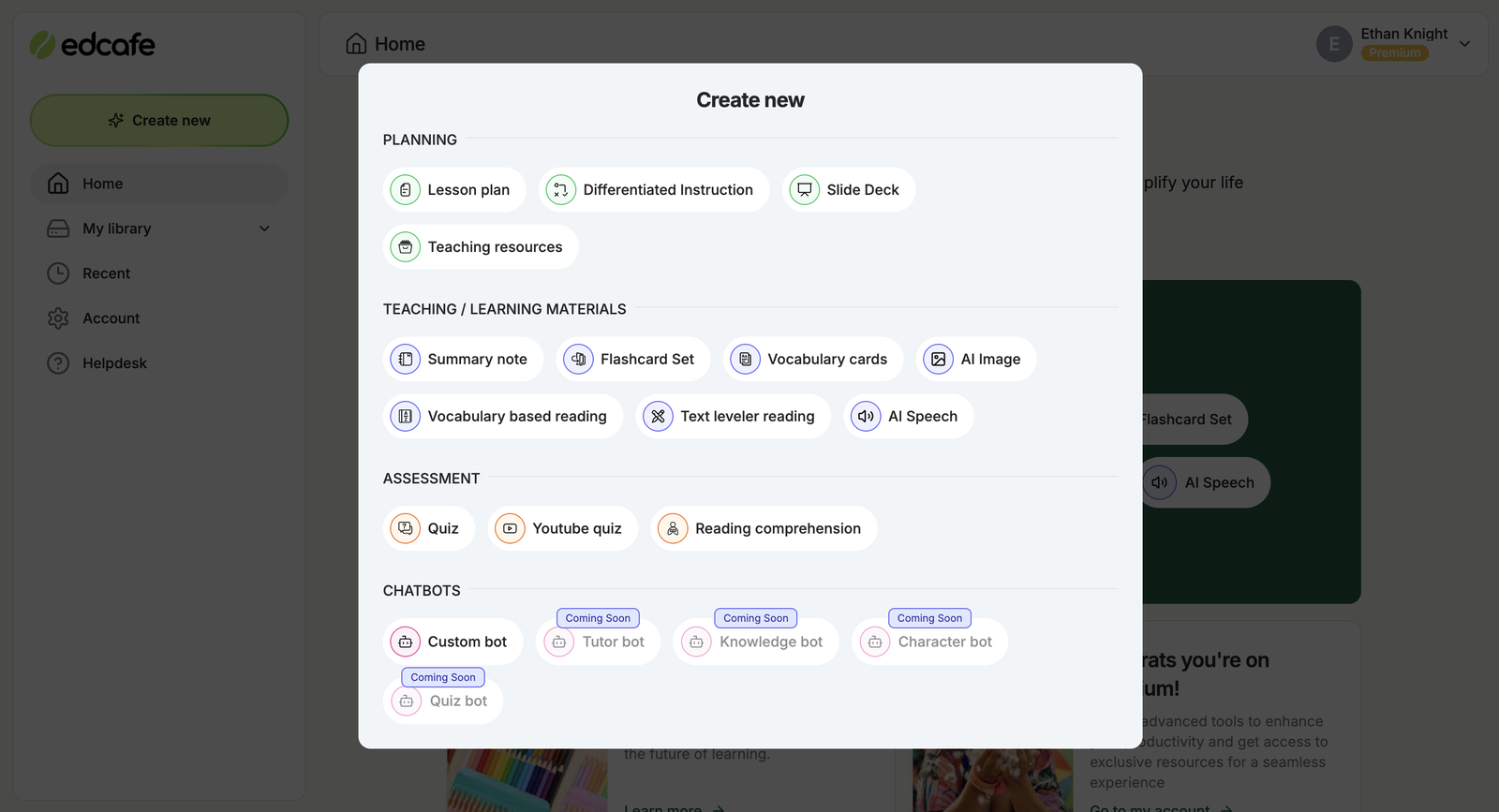
This tool evaluates and adjusts reading materials to align with varying proficiency levels, enabling students to engage meaningfully with text suited to their abilities.
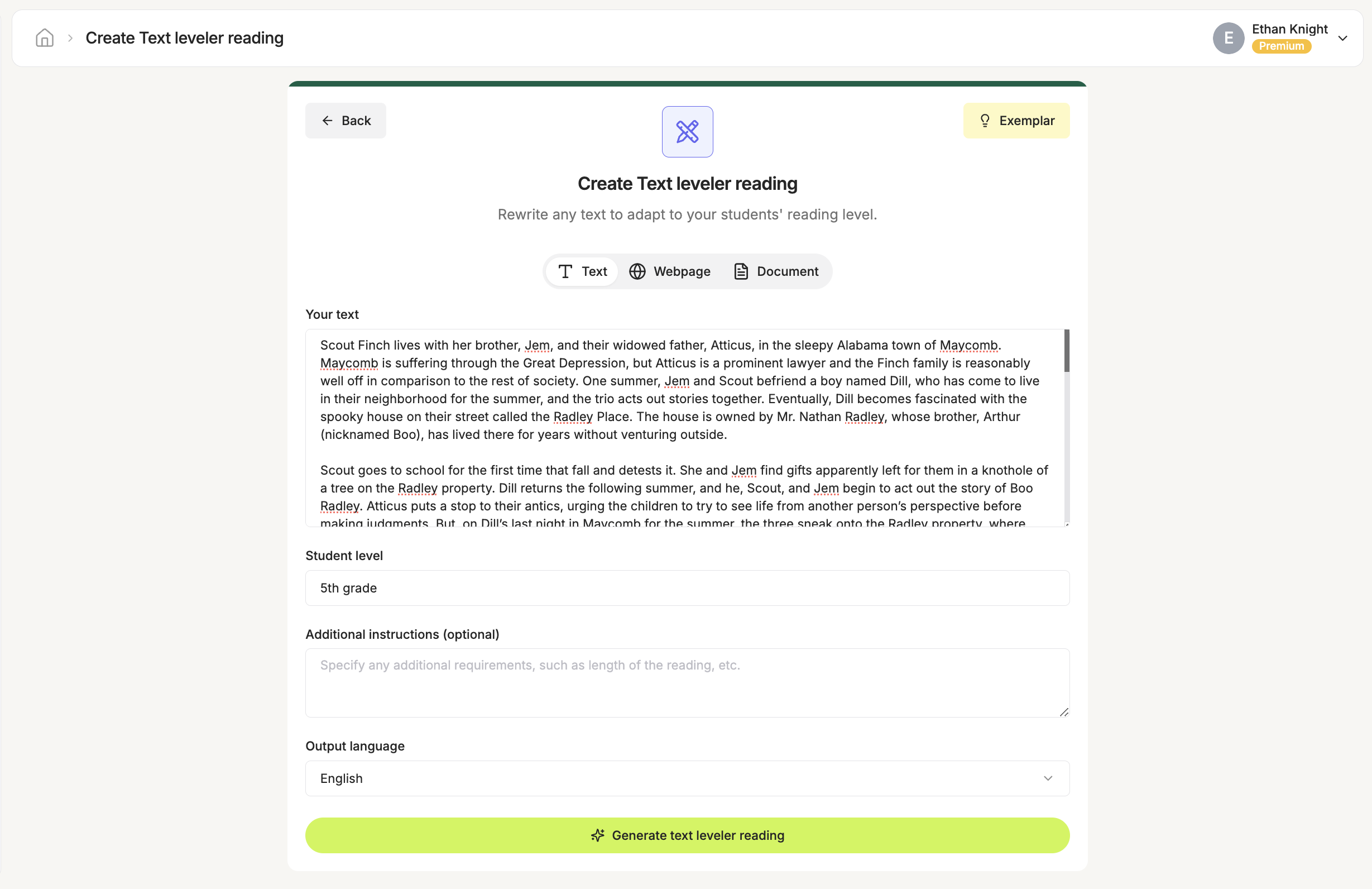
Simply input your chosen text, and Edcafe AI will level it in seconds. It even includes an in-built text-to-speech feature, so you can offload even the reading aloud to AI!
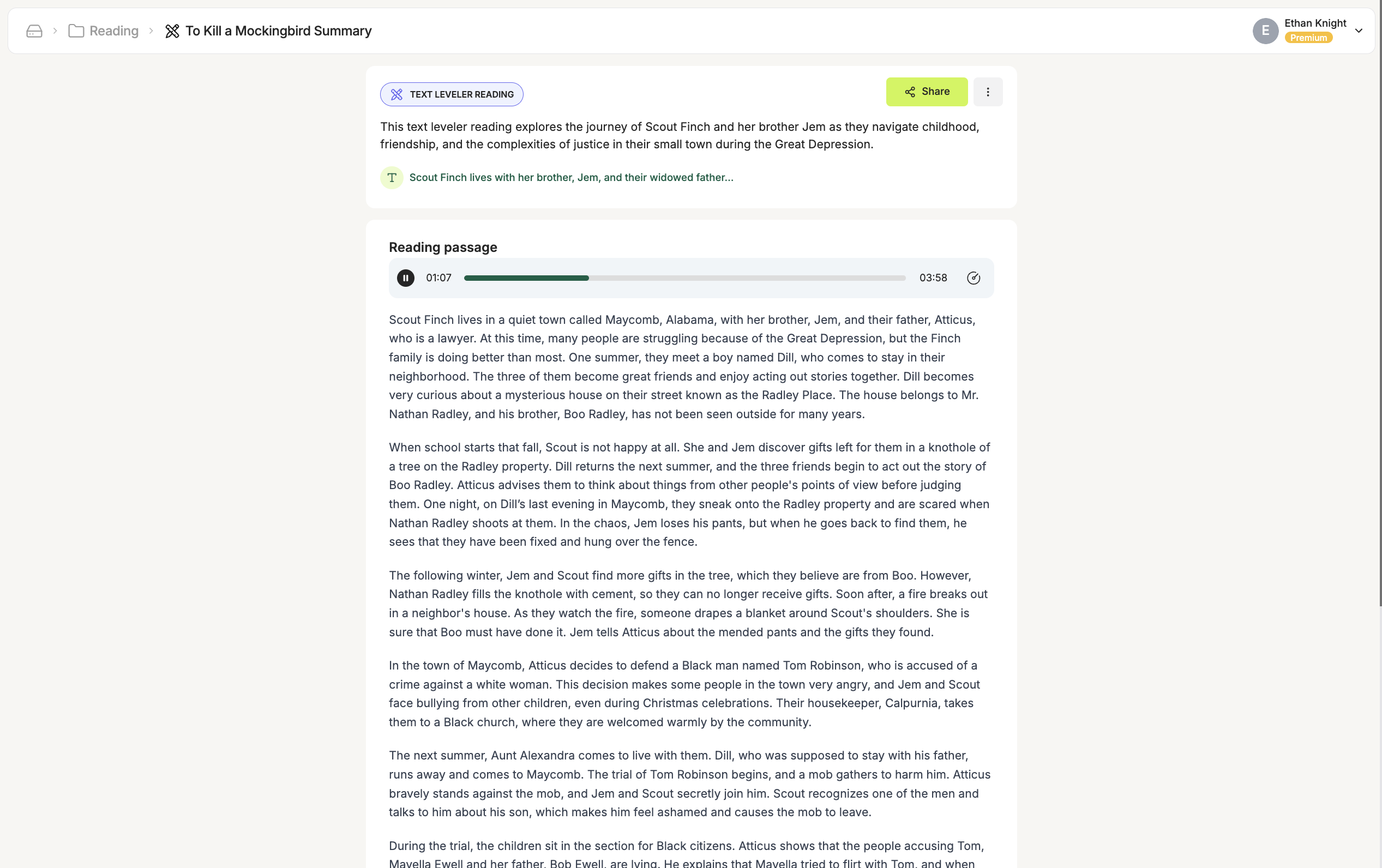
Get a copy of this reading passage when you duplicate it for free here.
‣ Preparing Students with Background Knowledge
Ensure students have the context and background knowledge they need to engage fully. This might involve reading or research assignments beforehand, guiding students to analyze the material with a critical eye.
To help prep students with the right resources, consider making use of Edcafe AI’s Teaching Resources Finder to aid in collating relevant resources, instead of manually sifting thru Google search.
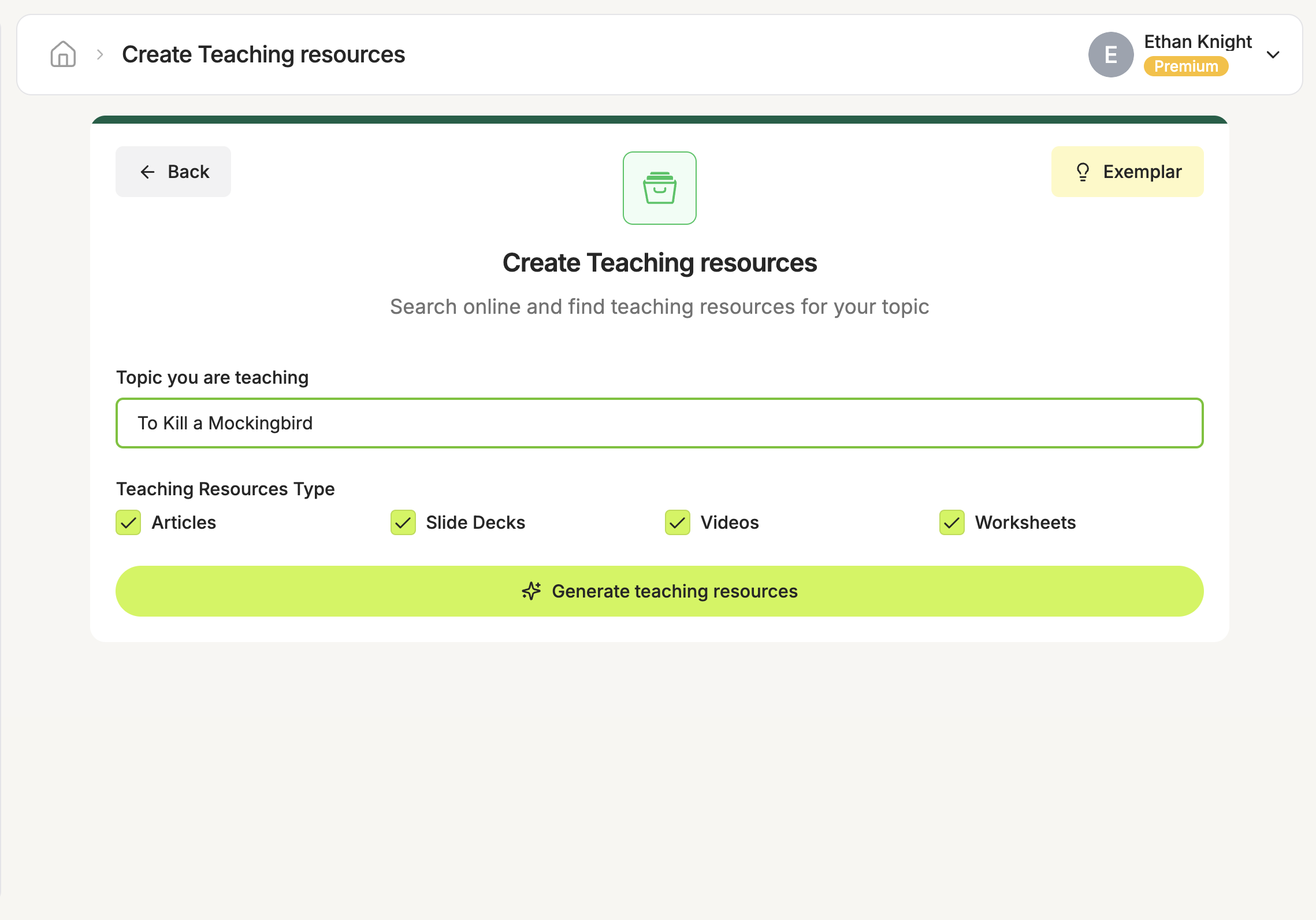
This tool helps you scrape the web and get back to you with:
- direct article links,
- downloadable presentation slides,
- videos to stream, and
- printable / editable worksheets!
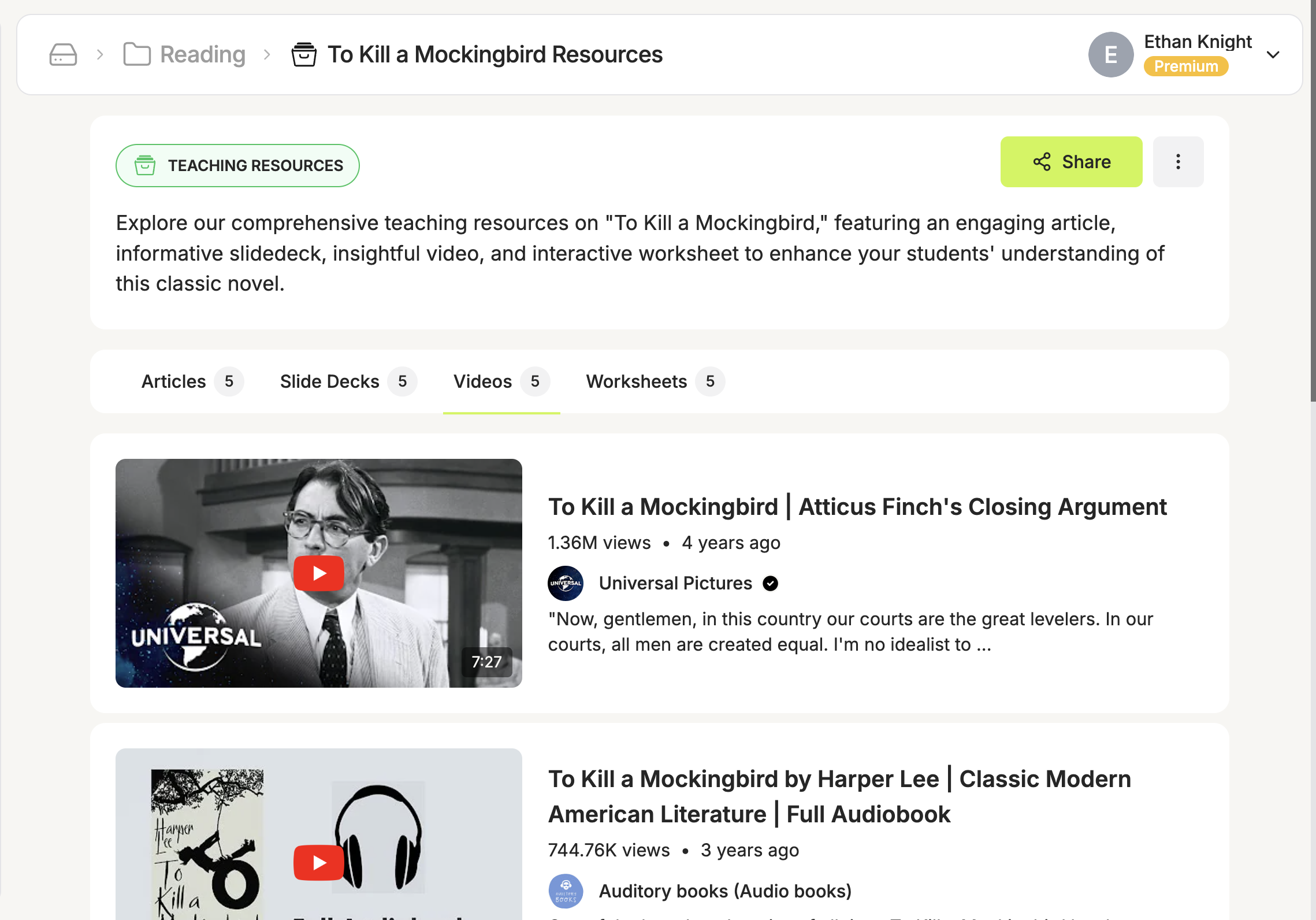
Access these curated resources when you make a copy of your own here.
‣ Guiding Students in Developing Questions
Encourage students to create open-ended questions about the material, focusing on “how” and “why” rather than “what.” For example:
- “How does this character’s decision reflect their inner conflict?”
- “Why might the author have chosen this setting, and how does it impact the story’s themes?”
- “In what ways do the events in this article relate to issues we face today?”
2. Running the Socratic Seminar

‣ Arranging the Room for Dialogue
Set up an inner circle and outer circle (sometimes called a “fishbowl” format). The inner circle is where the active participants sit and engage in the discussion, while the outer circle observes and takes notes. This setup helps manage large groups and allows students to switch roles during the seminar.
Ensure everyone can see each other clearly—this arrangement encourages eye contact and makes for a more natural flow of conversation.
‣ Starting with a Central, Open-Ended Question
Begin by posing a thought-provoking question to the entire group. This question should be open-ended and connected directly to the text or topic. For example, you might ask,
“What do you think the author was trying to convey about human nature in this story?”
or
“Why might this historical event be relevant to issues we see today?”
As the teacher, you pose the initial question but direct it to the entire inner circle rather than a specific individual.
‣ Encouraging Student-Led Dialogue
Once the first student responds, invite others to join in by building on, questioning, or offering different perspectives on that response. Here’s how you can facilitate the flow:
- Prompt Students to Build on Each Other’s Ideas: Encourage students to respond directly to one another by asking follow-up questions like,
- “Can anyone add to that idea?” or
- “Does anyone see it differently?”
- Allow Students to Directly Address Each Other: Rather than having each response go back to you as the teacher, encourage students to talk to each other. For example, a student might say,
- “I agree with what Sarah said, but I’d like to add…” or
- “I have a different take from John’s—here’s what I think…”
‣ Using “Passes” or Turns to Manage Who Speaks Next
To keep order in a respectful, student-led way, students can raise their hands slightly or make eye contact with the speaker to signal that they have a response. If two people want to speak at once, you might say, “Let’s hear from Emma first, and then Mark.”
Alternatively, some teachers use a “talking piece” that is passed around, giving only the holder the right to speak.
For larger classes, consider assigning “discussion roles” such as a:
- facilitator (who poses new questions),
- summarizer (who summarizes main points periodically),
- and devil’s advocate (who respectfully introduces counterpoints).
‣ Transitioning from the Inner Circle to the Outer Circle
Midway through the seminar, invite the outer circle to switch roles with the inner circle. This way, every student has a chance to actively participate in the discussion. The students in the outer circle can jot down observations or questions to share when they join the inner circle.
Before the transition, you might prompt the outer circle to consider a specific question or focus for when they join the inner discussion, keeping the dialogue fresh and deep.
3. Reflecting on the Seminar

‣ Facilitating a Debrief
Hold a short debrief with students to reflect on what went well and what could be improved with questions such as:
- “What did you learn from today’s discussion?”
- “How could we make the seminar more effective next time?”
‣ Providing Feedback
Offer constructive feedback on student participation, noting examples of insightful comments, respectful exchanges, or moments where students showed critical thinking. If you took notes during the seminar, share individualized feedback or suggestions for improvement.
‣ Setting Goals for Future Seminars
With each seminar, students become more comfortable with this format. Set goals for the next session, such as encouraging quieter students to speak or fostering deeper analysis. These goals help create a sense of progress and make each seminar more rewarding.
A Starter Rubric and Guidelines for Successful Socratic Seminars
Sample Rubric for Socratic Seminar Participation
Use a rubric to assess students on specific skills and behaviors demonstrated during the seminar. Here’s a sample rubric with categories you can adjust based on your objectives:
| Category | Excellent (4) | Good (3) | Needs Improvement (2) | Limited (1) |
|---|---|---|---|---|
| Preparation | Fully prepared with notes and annotations; insightful connections ready | Mostly prepared, with relevant notes and insights | Somewhat prepared, but lacking depth in connections | Little to no preparation evident |
| Quality of Questions | Asks thoughtful, open-ended questions that deepen discussion | Asks relevant questions but lacks depth | Rarely asks questions; limited engagement | Does not ask questions |
| Respectful Engagement | Actively listens, respects others’ views, and builds on ideas | Listens well; mostly respectful; some engagement | Limited listening; occasional interruptions | Little respect shown; frequently interrupts |
| Critical Thinking | Insightful responses; connects ideas and explores complexity | Makes relevant points but lacks depth | Contributions are surface-level or off-topic | Little or no critical thought |
Ground Rules for Meaningful Socratic Seminars That Pack a Punch
- Listen like a scholar: The most important part of a Socratic Seminar is listening closely to your peers. Track what’s said, and focus on adding to or challenging ideas thoughtfully.
- Respect in words and actions: Sit up straight, look others in the eye, and use respectful language. Address classmates formally, like “Mr.” or “Miss,” and invite quieter peers into the discussion if they haven’t spoken yet. Remember, everyone deserves a voice.
- Speak up, speak clearly: Make sure everyone can hear your thoughts. Speak with confidence—each contribution matters.
- Take turns thoughtfully: Wait for others to finish before you speak, and choose someone new to call on each time. If you disagree, share your viewpoint constructively and ask clarifying questions. Respect each perspective, as this isn’t about right or wrong—it’s about understanding.
- Use your materials: Don’t hesitate to refer back to your notes, annotations, or text. This discussion is about exploring ideas, not memorizing facts.
- Focus on each other, not the teacher: This conversation is led by you. Engage directly with your classmates. The teacher is here to observe and only steps in when absolutely necessary.
Before You Go
As you, a teacher, get ready to dive into Socratic Seminars, keep a few things in mind:
- It’s about the conversation, not the answer: There’s no one “right” answer in these discussions. What matters is the exploration.
- Give students the reins: The more they take ownership of the discussion, the more engaged they’ll be. Let them guide the flow and feel empowered to steer the conversation in meaningful directions.
- Every voice matters: Remind students that each perspective adds something valuable. Whether they agree or disagree, every contribution helps the group think more critically and broaden their understanding.
At the end of the day, Socratic Seminars are a chance for your students to step into the driver’s seat of their learning. Let them lead the way, and watch them grow into thoughtful, independent thinkers.
